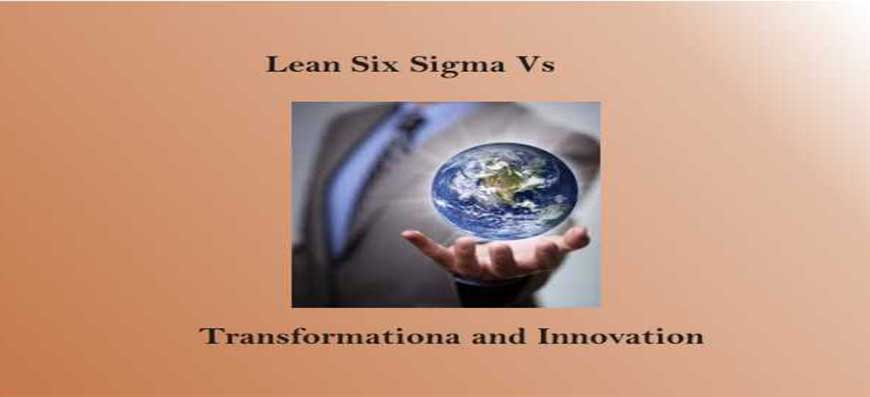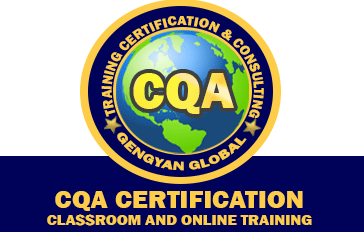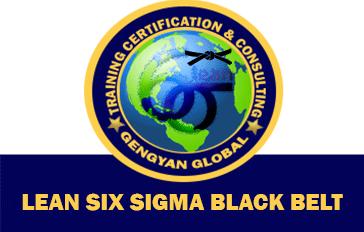Applicability of Lean Six Sigma
Service Vs Manufacturing

Applicability of Lean Six Sigma- Service Vs Manufacturing
Is Quality applicable in various industries, sectors and business?
Many industries and professionals perceive that Quality is applicable in manufacturing industries while on the other side, professionals working in manufacturing believe that Quality and Six Sigma is applicable for service industries!!
Well this is the most convenient for crafty professionals to push the buck and say that the industry you are working does not have the applicability to implement Quality initiatives like Lean and Six Sigma.
What are Services?
Industries providing services to the end customer like sales, customer support, IT, logistics, procurement, marketing, HR, finance from any industry a bank to a retail store. Some additional terms used to describe these activities can be: transactional, non-technical, support, administration.
What is Manufacturing?
Any activity involved in developing and producing of tangible products. In other words they can be “production”, “ fab”, “ engineering” & “ product development”. With the market focus and customer centric, these industries had to embrace the improvement methodologies and SPC was the answer.
Now to answer, is Quality concepts, Lean Six Sigma methodology applicable in various industries?
Quality is applicable in every single business, industry weather it is manufacturing or service industry.
If your business is customer focused, has focus to meet business targets regularly, improve business performance, has customer feedback as a critical parameter; Quality concepts are very much applicable.
In simple and other words; is your business having a customer?
If yes, Quality concepts are very much applicable as the customer is paying for your products and services against the deliverables on Quality parameters and targets. At an abstract level, there's no real difference between a service process and a manufacturing one, both encounter delays, defects, penalties, costs and customer satisfaction. One may transact to produce purchase orders instead of computers, bills instead of brake liners, but they all take time, cost money, create defects, cause rework, and create waste. When our focus is on finding the few key measures of delays, errors, defects, profit and cost that are hampering productivity, breakthrough improvements are easy.
In a Hospital perspective,
We do focus on medication errors, admission, diagnosis, treatment, or discharge delays. We might focus on the costs of medical and fatal errors done by surgeons that result in longer hospital stays.
In an IT Department,
We monitor on downtime or transaction delays, focus on manual rework of order errors or the costs of billing errors. Even a matured manufacturing company with IT problems will suffer tremendously from the service side of the business.
Every single aspect of your business follows a structured process; it may be a highly defined process or an error-prone, ad hoc one. Irrespective of whether it's service or manufacturing, we can definitely find defects in the process steps, delays between steps, and increased costs involved in reworking or scrapping some work product as NO SINGLE PROCESS IS 100% COMPLIANT. Every process has to fluctuate and the moment a process fluctuates, Quality and Lean Six Sigma concepts are immediately applicable.













